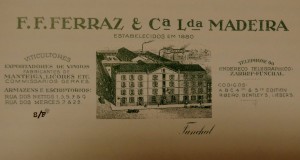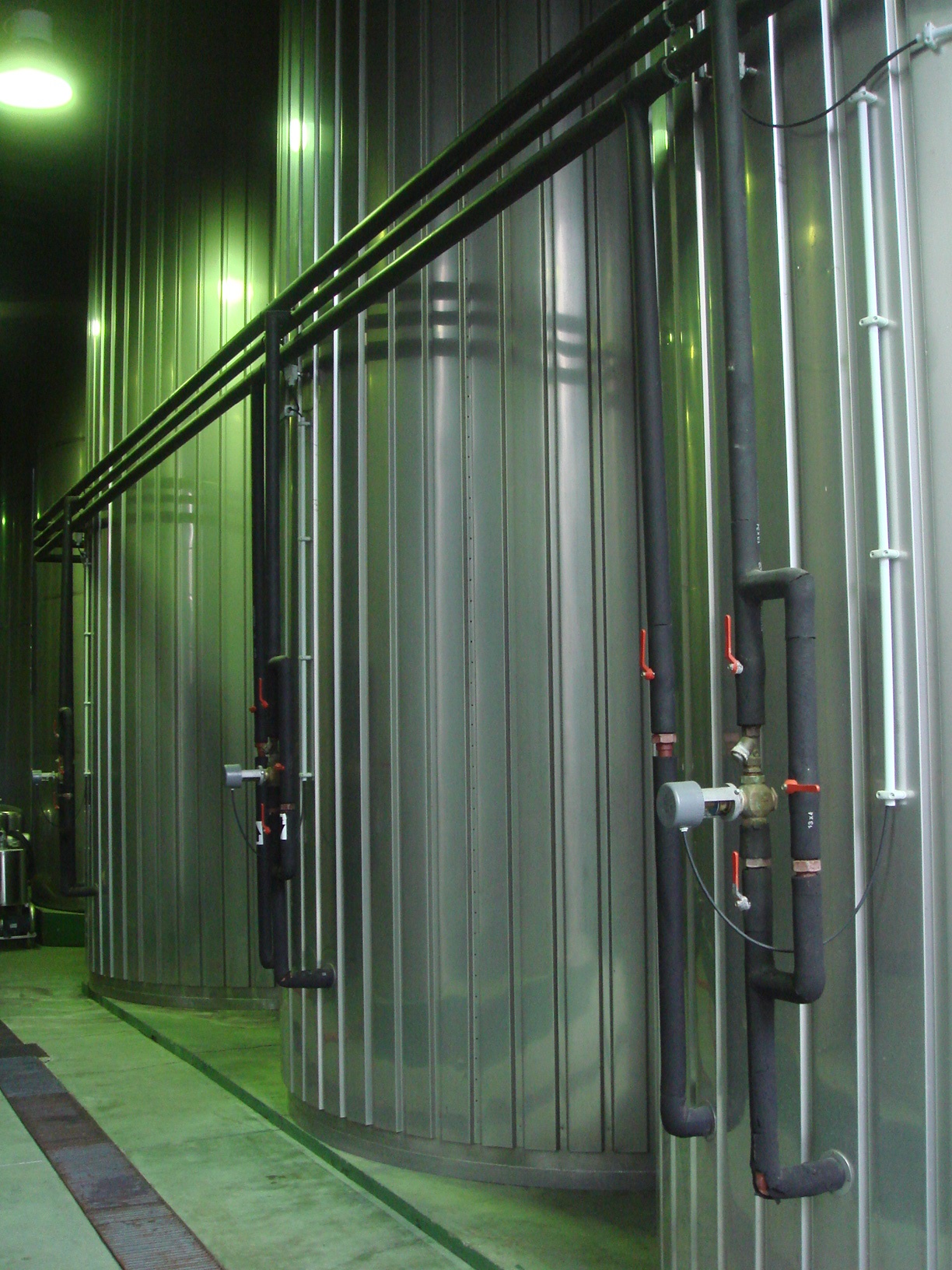The Estufagem process of making Madeira wine is used to produce the majority of Madeira wine today and any wine under 5 years old is most likely to have been made using the Estufagem process.
This process is not a new process, but one that evolved to meet demand for Madeira wines in the 19th century.
Previously the oxidisation process of the wine had relied on the wine being subject to heat on long sea journeys. It was, for a time also believed that the movement of the wine in the barrel while at sea caused the unique flavour development. This as we know from history is not the case and it is gentle heat provides Madeira wine with its wonderful flavours.

Today most Madeira wine producers use the Estufagem process to produce younger Madeira wines from the Tinta Negra grape. The Tinta Negra grape is a very versatile grape that grows well in Madeira and can be used to produce Madeira wines that approximate the 4 noble grapes, from dry to medium dry and on to medium sweet and sweet.
The Estufagem process is tightly controlled by IVBAM and monitored with state of the art technology to ensure the application of heat in the large tanks used for the Estufagem process is managed correctly.
The picture below shows very modern Estufagem tanks at Justino’s and is courtesy of Broadbent Madeira wines. Broadbent Madeira wines are produced by Justino.

Indeed this rigorous appliance of science and technology has brought about a marked increase in quality of young Madeira wines now on the market compared to those found in Madeira 20 years ago.
The quality of the Rainwater style of Madeira wines which are a delightful light medium dry style are truly exceptional and highly recommended as a great entry point to exploring Madeira wines.
Young Madeiran wines offer great value and are really very good indeed for everyday drinking, the dryer versions will work very well when lightly chilled and make excellent aperitifs.